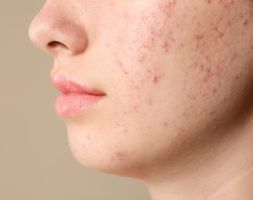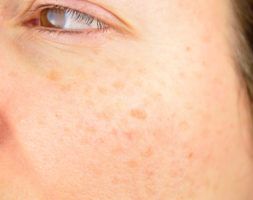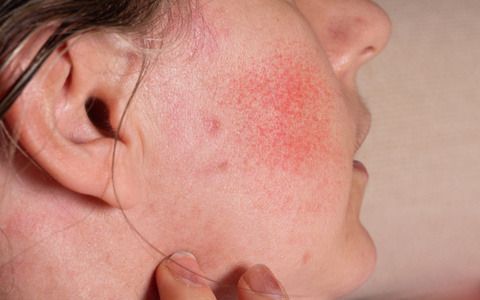
The rosacea of the face is one of the most common reasons for consultation in dermatology.
Often rosacea is a symptom of a true skin disease, rosacea.
It is an alteration of the skin with a permanent dilation of the small blood vessels or capillaries, occurring on a predisposed ground.
There are two forms of rosacea:
- The true rosacea where the vessels have fine individualized paths on the surface of the skin.
- Erythrosis which is characterized by diffuse redness. On this erythrosis appear over the years capillaries visible to the eye forming small "red hair" or telangiectasia. This is called erythro-couperose.
POSSIBLE TREATMENTS
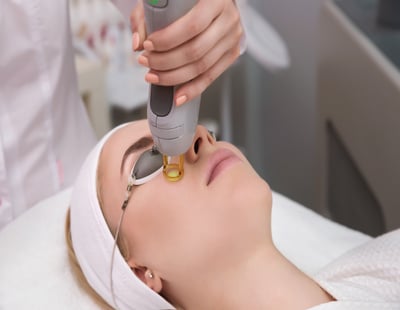
Pulsed Dye Laser and KTP laser
The laser will act through intense light and cause the destruction of dilated capillaries either by "welding" the vessels (photothermocoagulation) or by bursting them (selective photothermolysis).
Both lasers are effective on rosacea but the gold standard is the pulsed dye laser.
This is done while preserving the integrity of the skin, ie without residual scars.
Your doctor will advise you between these different possibilities by adapting it to your particular case.
The session is painless, laser shooting causes a sensation of mini "strokes of elastic" accompanied by a slight burning sensation.
After effects
The immediate effects may vary according to the type of laser and the settings used, you migh experience:
- Redness with sensation of heating during 2 to 3 days.
- slight swelling, puffiness or edema, especially under the eyes where the skin is thinnest for 48 hours.
- A slight whitening of the skin with crusts that are eliminated spontaneously in 4 to 7 days, while remaining camouflaged by makeup.
- Sometimes in case of significant damage, purpura (hematoma or "blue") must be carried out, using the principle of selective photothermolysis, at the level of the treated area which may last 10 to 15 days, but this is the only guarantee in this case. a real efficiency.
Results
Results are visible after about 6 to 8 weeks.
On average, treatment requires 3 to 4 sessions, with an interval of 2 months, except in the case of purpura where, depending on the case, only one or two sessions, with an interval of 6 to 12 months are necessary.
Social security will not financially support this treatment.
Do not expose the area treated to the sun for a month afterwards.
Electrocoagulation
This technique is now obsolete, sometimes used for small vessels.
A needle heated to electric current is introduced into the vessel for the scleroser. The treatment is painful, does not allow the treatment of diffuse redness and may leave scars.
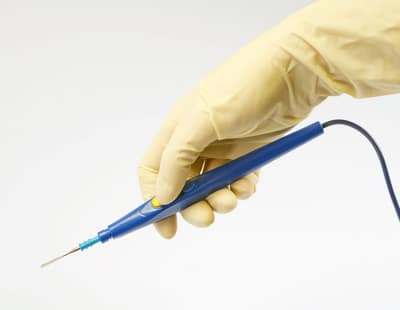
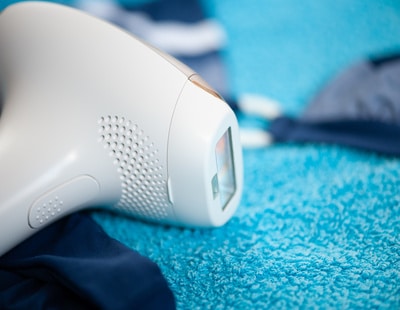
Flash Lamp/IPL
The flash lamp has a wavelength spectrum wider than the laser (a laser has only one wavelength). Unlike the laser its action is not selective on the blood vessels, the action is softer and the result less important.
Testimonials-reviews
A. LORD
L. LLYOD
I. BRETT
M. BLAIR

